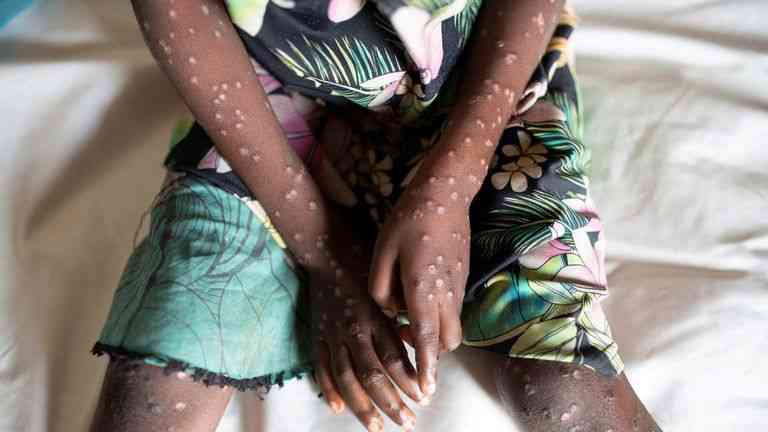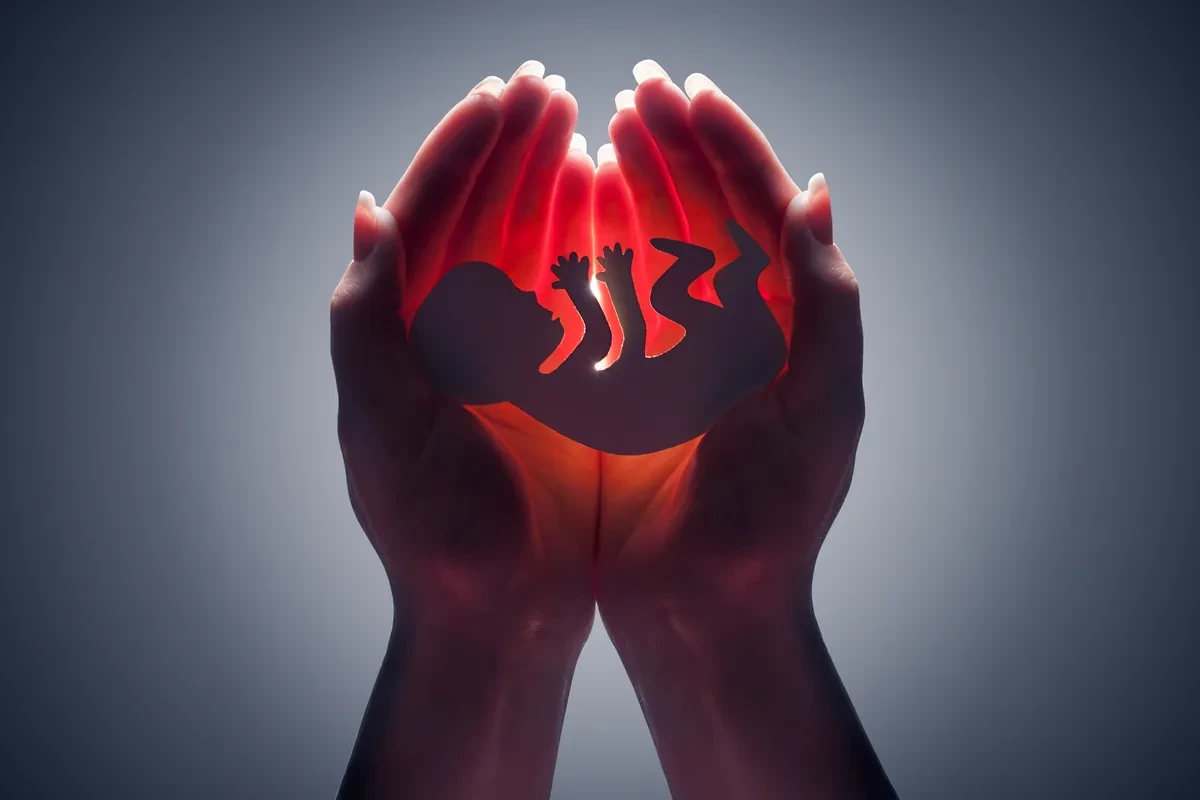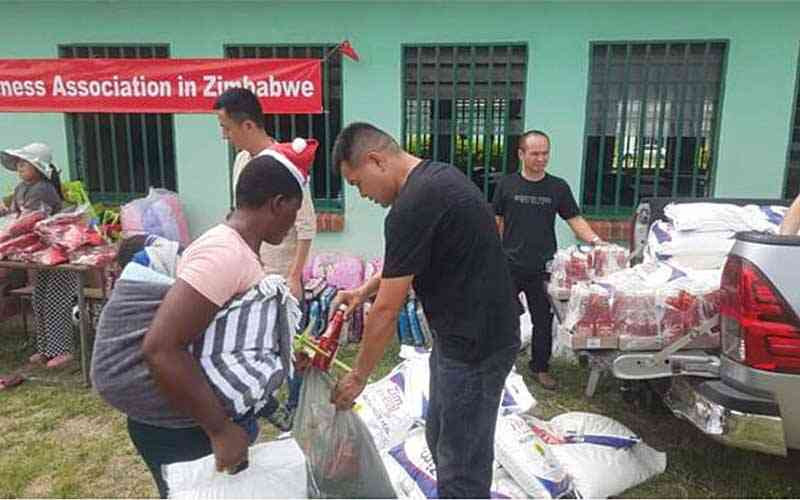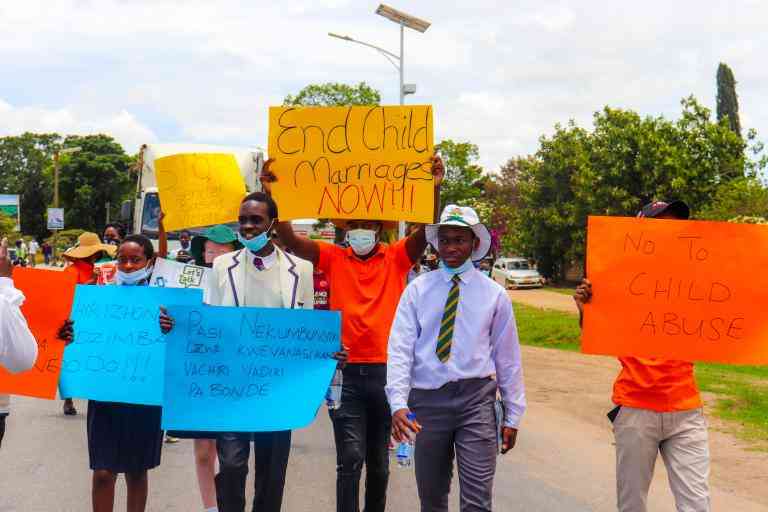
MPOX is a zoonotic disease caused by an orthopoxvirus that results in a smallpox-like disease in humans.
Just last week, the World Health Organisation declared the spread of Mpox a public health emergency of international concern.
It was just four years ago when the world was thrown into the abyss by the emergence of the heinous COVID-19 which killed over seven million people.
Smallpox was declared eradicated in 1980 after universal childhood immunisation programmes, mass vaccinations and targeted surveillance-containment strategies implemented in some countries.
Since 1980, no cases of naturally occurring smallpox have been recorded.
Mpox was initially discovered in monkeys in 1958 and in humans in 1970 in the Democratic Republic of Congo (DRC).
Since then, the disease has been reported in many other central and west African countries which include Gabon, Liberia, Nigeria, Central Africa Republic and Cameroon.
This year alone, more than 19 000 cases of Mpox have been reported in Africa, 90% of which are in the DRC alone.
- Health talk: Be wary of measles, its a deadly disease
- Health talk: Mandatory wearing of masks can now be scrapped
- Health talk: Antimicrobial resistance —Let us stand against it
- Health talk: Health sector bears brunt of power cuts
Keep Reading
At least 515 deaths have been reported so far in Africa, with 13 countries recording the deaths.
The emergence of a new strain of Mpox in 2023 in the DRC, Clade 1b, a fast and more stubborn strain which appears more prevalent as a result of sexual networks, has also prompted the declaration of the virus as an international health concern.
Communicable diseases' epidemiological curves can be difficult to understand hence it is prudent to be extra cautious, particularly when the natural history of the disease is not fully understood.
Many people want to know how Mpox is spread and it is wise to understand that animal-to-human transmission can occur from direct contact with blood, bodily fluids, cutaneous or mucosal lesions of infected animals.
Human-to-human transmission can result from close contact with respiratory secretions, bodily fluids, skin lesions of an infected person or recently contaminated objects.
People are infectious while they have symptoms usually between two and four weeks until the crusts that formed separate and a fresh layer of skin appear.
Clothing, bedding, towels or objects such as eating utensils that have been contaminated with the virus from contact with an infected person can also infect.
Ulcers, lesions, sores in the mouth can also be infectious, meaning the virus can spread via saliva as well as mother-to-child transmission.
Health workforce remains of great relevance both in transmission of, containment and mitigation against Mpox.
Health workers are at very high risk of contracting Mpox and can act as agents in spreading the virus if proper care is not taken.
With case fatality rate now reaching 4% in some areas, the disease can be quite frightening.
The country should not relax when we are facing the Mpox threat.
The virus’s history of rapid spread calls for a proactive and co-ordinated international response.
Zimbabwe is still to report any cases of the Mpox, but we should remain alert as a country in the face of the new health quagmire.
It is critical to underscore the need for enhanced health education, health promotion, robust diagnosis, testing, increased surveillance, contact tracing and prompt case management.
A well-informed public is more likely to recognise the signs and symptoms of Mpox in time, leading to prompt diagnosis and quicker medical attention.
During public health emergencies, many people die because of misinformation and disinformation.
These can be products of conspiracy theories, where people choose to interpret in their own ways.
It is undeniable that vaccination remains key if we are to contain outbreaks like we did in 1980.
We cannot afford to continue losing our people to a vaccine-controlled disease in this day and age.
Investing in faith and ethics by religious groups and carrying out traditional ceremonies to buttress the significance of indigenous knowledge system in moulding ubuntu/unhu/humanism and environmental management from socio-cultural points of view.
Finally, southern Africa countries need to establish synergies, strong alliances and networking groups to reach out to one another, build strong institutions, infrastructure, knowledge and information bases and resilience.
The region needs to invest in climate change communication as a vital tool in communicating climate change messages effectively and successfully locally, nationally and regionally.
It is the role of communication to enable ambiguous climate change information to be user-friendly, human specific and encouraging pro-climate behaviours necessary for resilience building against natural disasters.
The public climate knowledge deficit is mostly pronounced in small-scale farmers who should be the prime target of this empowering information.
They need to change lives, improve agriculture, understand weather and climate phenomena, improve food security and eliminate poverty.
Johannes Marisa is a medical practitioner who is the current president of the Medical and Dental Private Practitioners Association of Zimbabwe.










